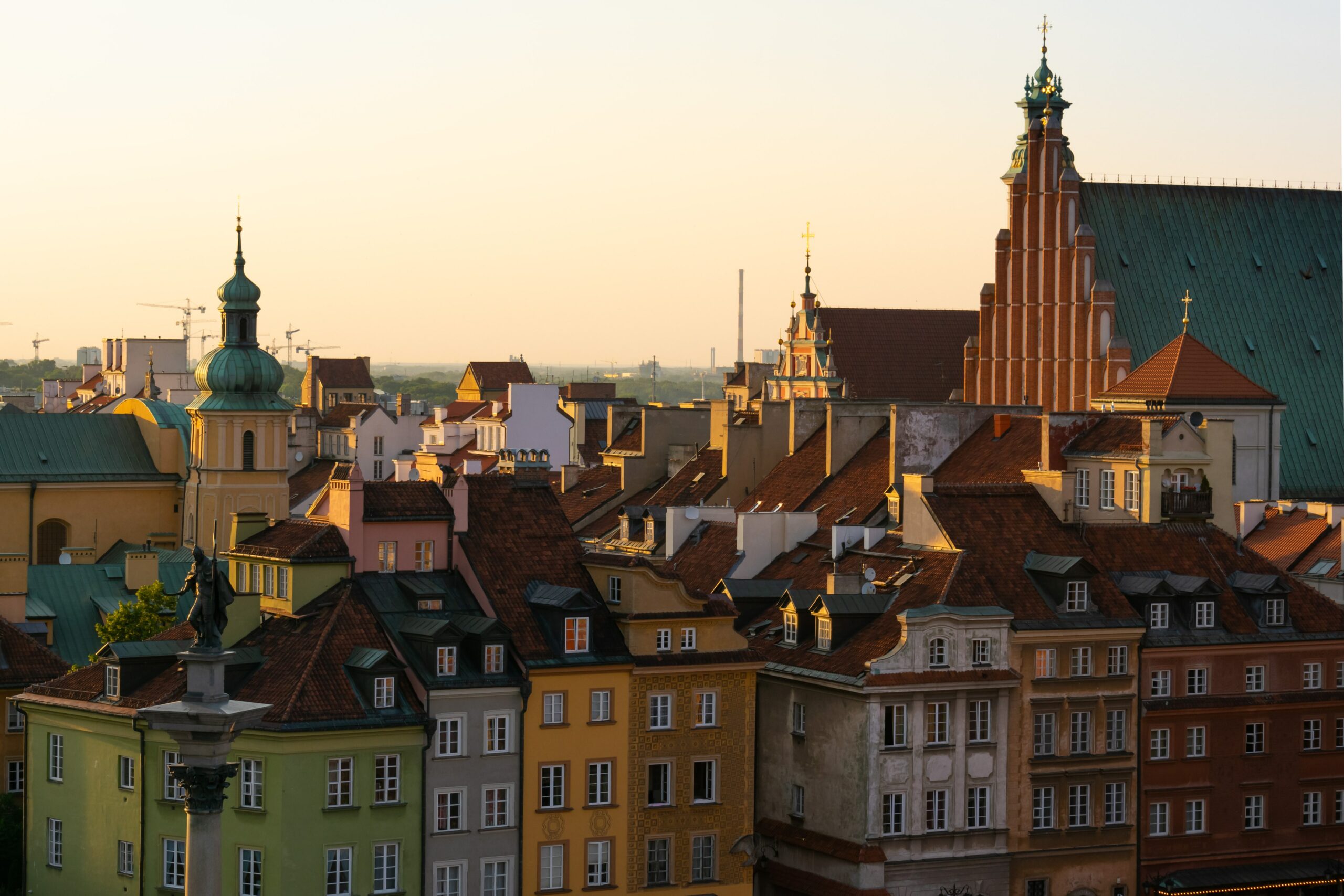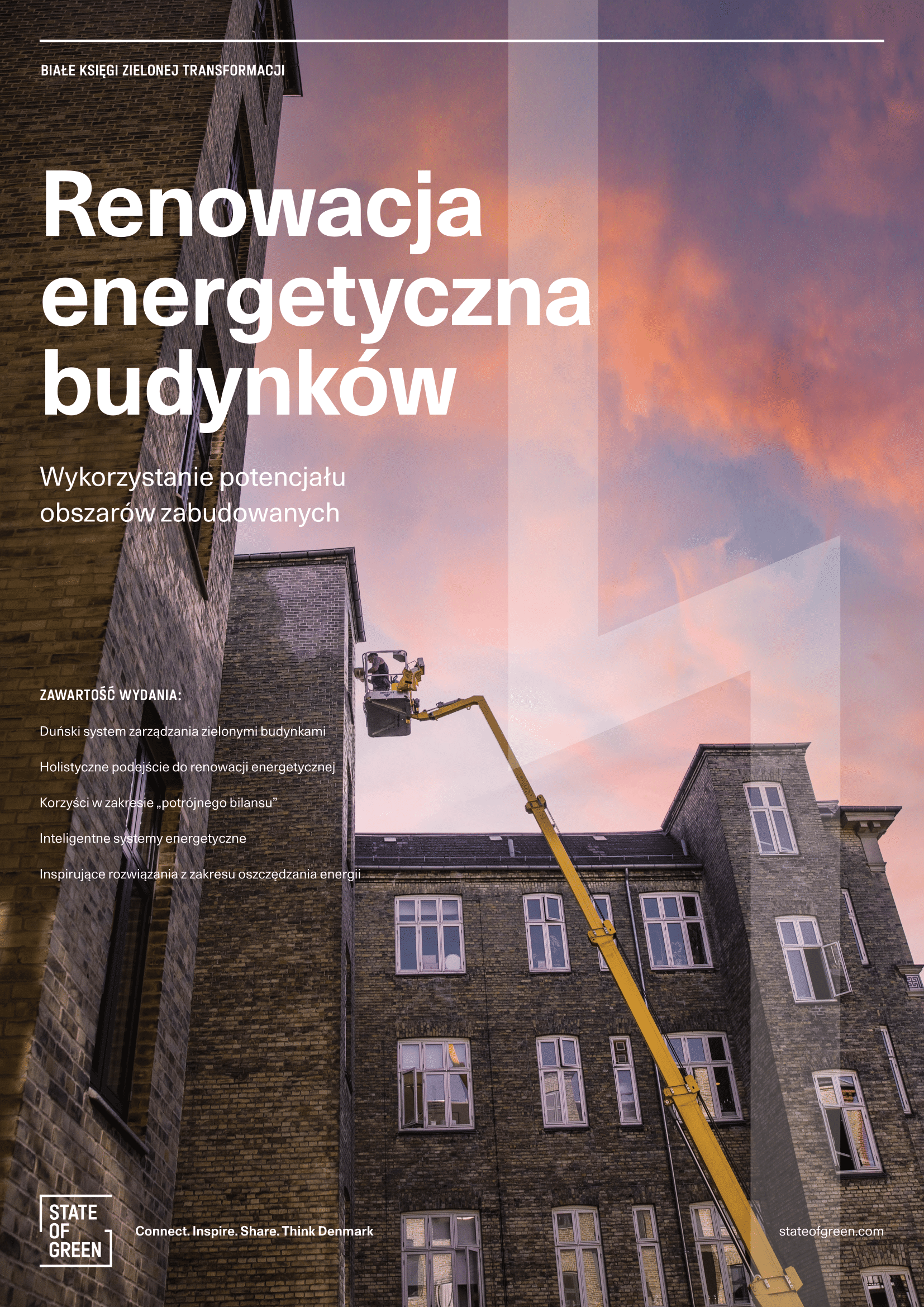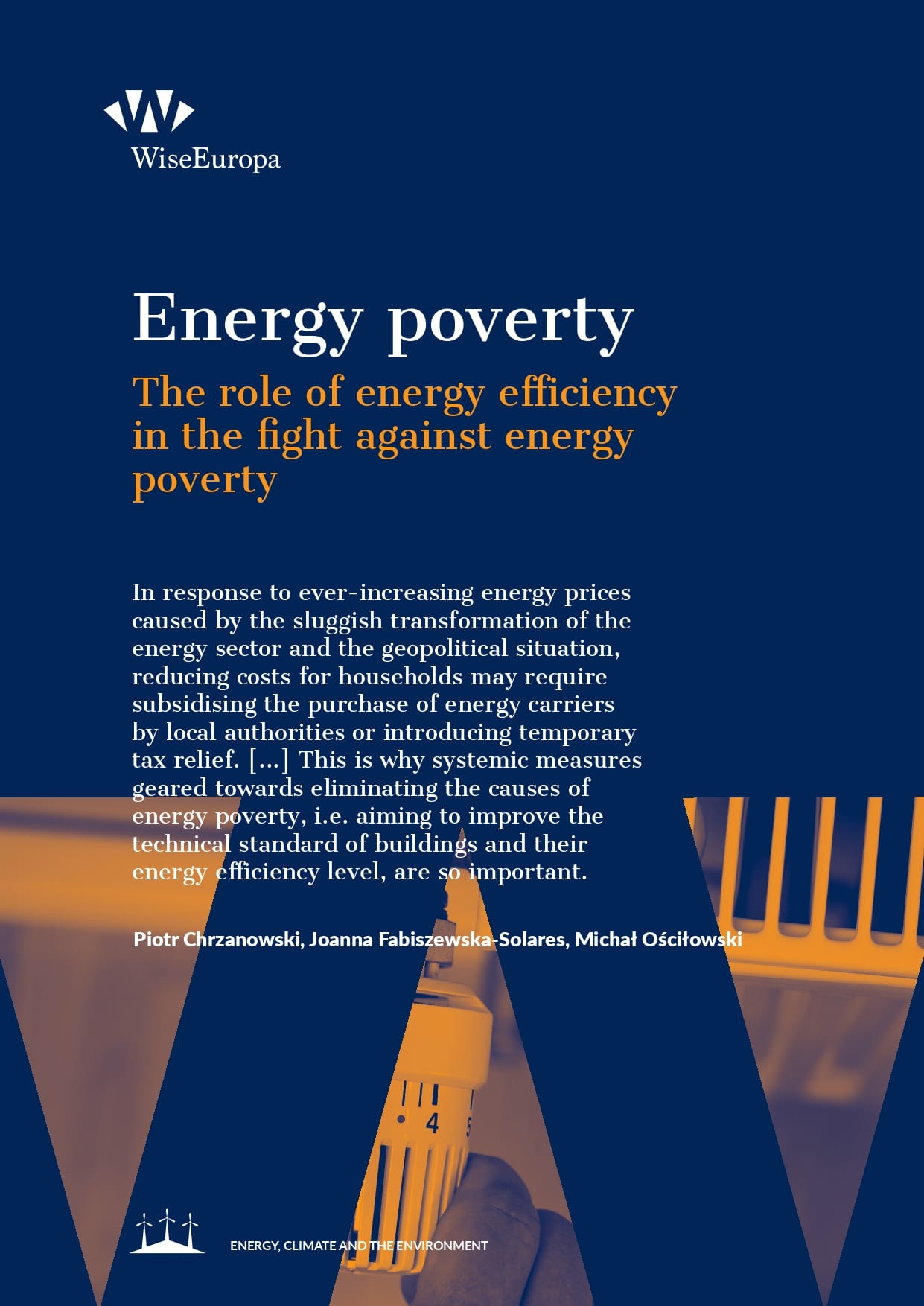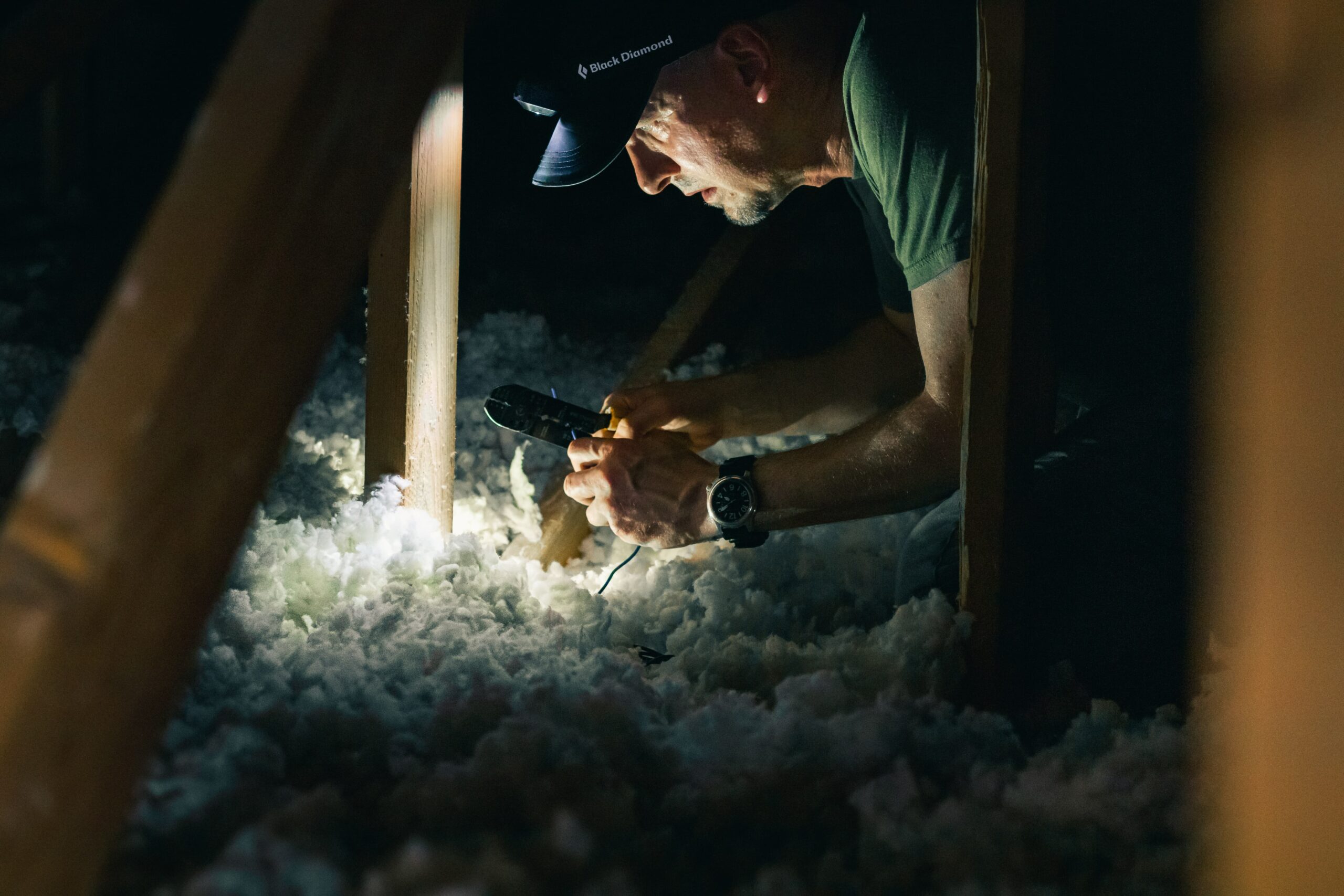White paper: Energy renovation of buildings
Translated into Polish, our white paper on Energy renovation of buildings explores how to realise the untapped potential of the built environment with energy renovation of buildings.
Read the white paperNews
Energy efficiency in buildings
Buildings
District heating
+1



Translated into Polish, our white paper on Energy renovation of buildings explores how to realise the untapped potential of the built environment with energy renovation of buildings.
Read the white paperThe current geopolitical situation and energy crisis in Europe have affected many European households fighting high energy prices for heating and electricity.
The crunch creates a pressing need for a just transition, where energy efficiency in many ways can act as an important catalysator. Improving energy efficiency and performance of household buildings can act as a weapon to effectively combat the consequences of energy poverty, while also contributing to reaching EU’s ambitious climate goals of becoming the first climate-neutral continent by 2050.
On this note, State of Green facilitated a roundtable session on 8 March 2023, gathering Polish and Danish decision-makers within the energy sector for a dialogue on barriers and untapped potentials for energy efficiency in Poland.

The energy crisis is pushing Energy Poverty across Europe, including Poland, making the implementation of energy-efficient solutions ever more urgent. The Polish Institute WiseEuropa has mapped the barriers and potential of energy efficiency in Poland as a solution in the battle against energy poverty.
For the report in Polish click here
Read the reportPoland is one of many European countries affected by the energy crisis with an increasing number of households living in energy poverty, being unable to maintain a sufficient level of heating, cooling, and electricity in their homes due to low-income, high-energy cost, and little energy efficiency in the home. Despite some improvements in the technical condition of buildings and thermal comfort, the COVID-19-pandemic and rising energy prices have hindered progress in combating energy poverty in Poland.
Energy poverty affects up to 32% of households in Poland, with up to 6.58 million people living in energy poverty[1]. The problem is especially prevalent in rural areas and small towns, where families typically live in uninsulated single family-dwellings heated by solid-fuel boilers. Data shows, that almost 40% of such buildings are not insulated or provide inadequate thermal protection[2].
While the challenges are acute and present, many of the needed solutions are thankfully at hand. The report points to energy efficiency as a valuable resource to both battling energy poverty, as well as contributing to a green transition and reaching climate goals.
Renovating buildings, by upgrading insulation, replacing windows, and installing energy-efficient heating systems, can significantly reduce energy consumption and greenhouse gas emissions. A comprehensive energy modernisation, adding thermal insulation, replacing heat sources, pipes, radiators and installing thermostatic valves, can in many instances be the most cost-effective option. Thus, implementing energy-efficient solutions can reduce consumption and have a direct impact on fighting energy poverty in the long term.
Denmark has for many years been at the forefront of energy efficiency and renewable energy, developing innovative energy-efficient solutions, prioritising renovation of buildings and implementing a district heating system. These can in many ways act as an inspiration; both in the battle against energy poverty in countries such as Poland, as well as contribute to a just green transition on a global scale.
Energy efficiency also provides an effective way to reach EU’s target to reduce greenhouse gases by at least 55% by 2030, as it can ensure the cheapest and greenest type of energy: the energy not used. Today, Europe’s building sector is responsible for 40% of energy consumption and 36% of CO2 emissions. Renovations in this sector, therefore, present a large potential in securing energy efficiency, which will have positive economic, environmental, and health-related spill-over effects.

Energy efficiency is an embedded part of Denmark’s mindset, as Denmark has worked with energy efficiency measures since the 70s. Stay updated on the latest trends, news and find inspiring solutions from Danish solution providers.
Discover Energy Efficiency[1] Energy poverty The role of energy efficiency in the fight against energy poverty (CAKE, Poland Net-Zero 2050. A Guide to Energy Transformation for Local Governments, 2022)
[2] Energy poverty The role of energy efficiency in the fight against energy poverty (Pytliński Ł, Dworakowska A, Guła A, Single-family dwellings in Poland – heating sources, energy status, investment priorities, 2021)